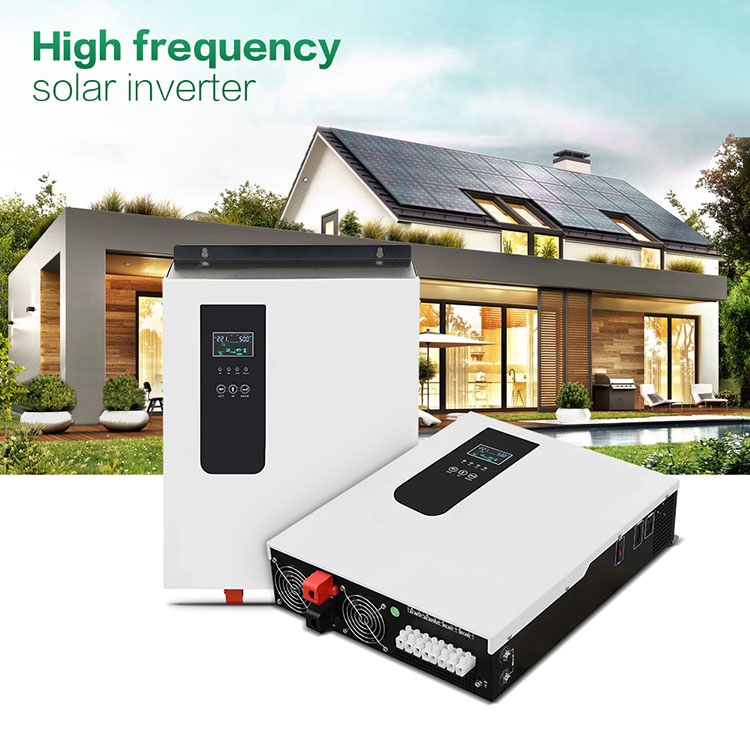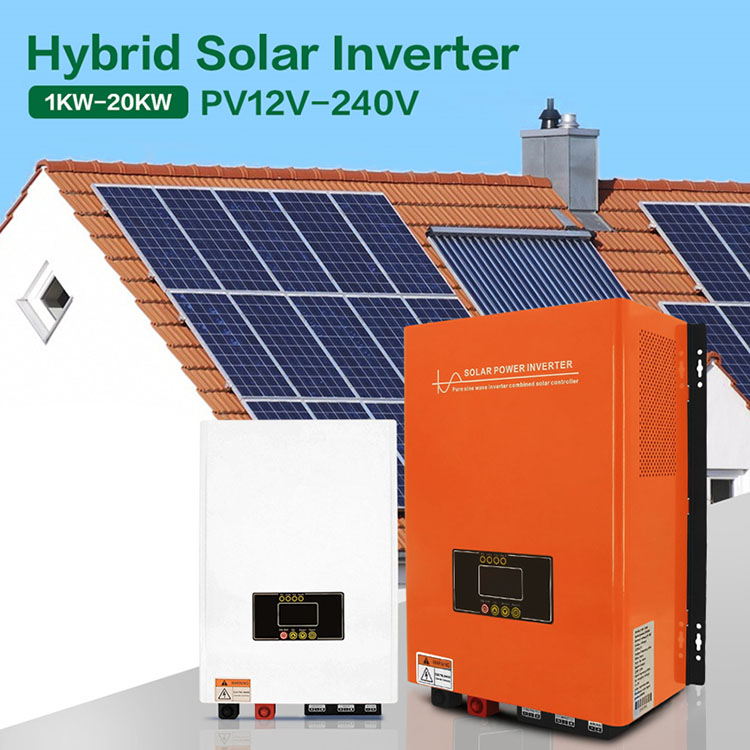Photovoltaic on grid energy storage inverter
 Jun 16,2022
Jun 16,2022

 Rekesun
Rekesun
Most national grid photovoltaic on grid energy storage inverters stipulate that the proportion of distributed generation such as photovoltaics should not exceed 10% of the grid. If the energy storage system is not used for on grid power generation, the photovoltaic system will have some adverse effects on the grid. In addition, these effects become significant as the scale of photovoltaic power generation systems continues to expand and the proportion of photovoltaic power generation in the system continues to increase. Through the analysis of the characteristics of photovoltaic power generation, it can be seen that the influence of photovoltaic power generation system on the power grid is mainly caused by the instability of photovoltaic power supply. From the perspective of grid security, stability and economic operation, the impact of the on grid photovoltaic system without energy storage on the grid mainly includes the following points.

1. Influence on line flow. When the photovoltaic on grid power generation system is not connected to the grid, the power flow of the power grid branch is generally unidirectional. For the distribution network, the active power flow decreases monotonically with the increase of the distance from the substation. However, when photovoltaic power is connected to the grid, the power flow pattern of the system changes fundamentally, and the power flow becomes unpredictable. This power flow change makes voltage regulation difficult to maintain and even leads to abnormal responses of voltage regulation equipment in the distribution network.
2. Impact on system protection. When the light is good and the output power of the photovoltaic on grid power station is large, the short-circuit current will increase, which may lead to the wrong coordination of the overcurrent protection, and the excessive short-circuit current will also affect the normal operation of the fuse. In addition, for the distribution network, before connecting to the photovoltaic power generation system, the branch power flow is generally unidirectional, and its protection is not directional. After the distribution network is connected to the photovoltaic power generation system, it becomes a multi-source network, and the direction of the network flow is uncertain. Therefore, it is necessary to increase the directional protection device.
3. The impact on the economic operation of the power grid. Due to the instability of photovoltaic power output, when the photovoltaic power generation system is connected to the grid, the system must increase the rotating reserve of corresponding capacity to ensure the peak regulation and frequency regulation capabilities of the system, that is, the photovoltaic on grid power generation system supplies power to the grid and reduces the utilization time of the unit. , sacrificing the economic operation of the grid.
4. Impact on power quality. Under the influence of cloud cover, the output power of photovoltaic power sources may decrease from 100% to below 30% in a short time, or increase from below 30% to 100%. For large photovoltaic on grid systems, voltage fluctuation, flicker or frequency fluctuation may be caused. Furthermore, since the electrical energy generated by the photovoltaic power generation system is direct current, it must be connected to the grid through an inverter device. This process will generate harmonics and affect the grid.

5. Impact on operation scheduling. The output power of photovoltaic power is directly affected by weather changes and cannot be controlled. Therefore, the dispatchability of photovoltaic power sources is also limited. When photovoltaic power accounts for a certain proportion of the system, grid operators should seriously consider how to dispatch power safely and reliably. In addition, there are differences between photovoltaic electricity prices and conventional electricity prices. How to carry out economic dispatch to the power grid under the condition of satisfying various security constraints will also become a problem worthy of attention. According to market research, with the increase of photovoltaic installed capacity, photovoltaic subsidies in various countries are getting lower and lower, and the gap between peak and valley electricity prices is getting wider and wider. In the future, photovoltaic inverters will pay more attention to energy storage. Nearly one-third of the world's photovoltaic inverter manufacturers predict that by 2015, the installed capacity of solar energy storage systems will reach more than 40%, and energy storage will become an increasingly important function of photovoltaic systems in the future. Likely to expand significantly and become mainstream for next-generation inverters. Photovoltaic on grid energy storage inverters are the latest generation of inverters. Can be applied to centralized and distributed photovoltaic power plants. The photovoltaic on grid inverter integrates the functions of photovoltaic on grid power generation and energy storage power station. It can overcome the shortcomings of unstable power generation of photovoltaic modules due to weather changes, provide stable and pure current for the grid, and the harmonic content is extremely small, improving the quality of the grid. ; Through low valley energy storage and peak output power, the peak power generation of the power grid can be greatly reduced, the capacity of the power grid can be greatly increased, and the utilization rate of the power grid can be improved; by comparing the difference between the high on-grid electricity price and the peak electricity price, it can create value for users.



 Home
Home Whether the single-phase inverter and three-phase inverter can be connected together
Whether the single-phase inverter and three-phase inverter can be connected together 







 syplighting.en.alibaba.com
syplighting.en.alibaba.com



